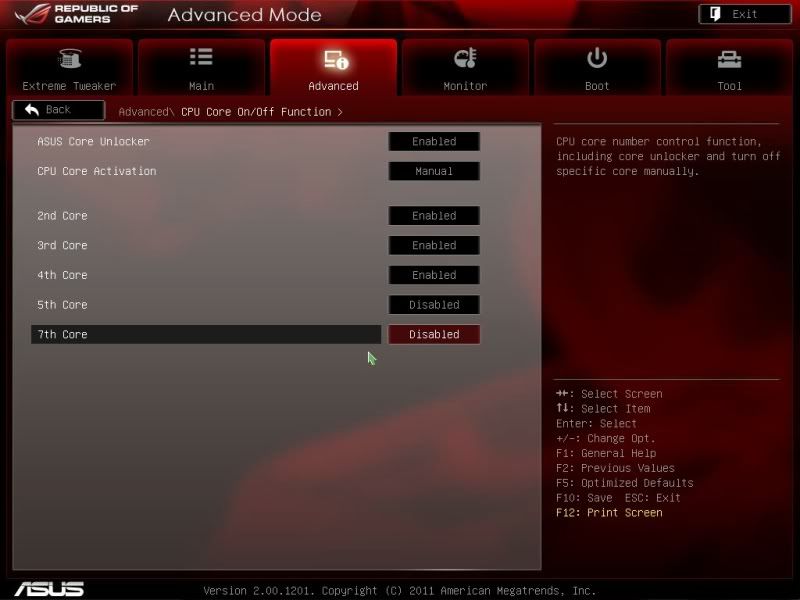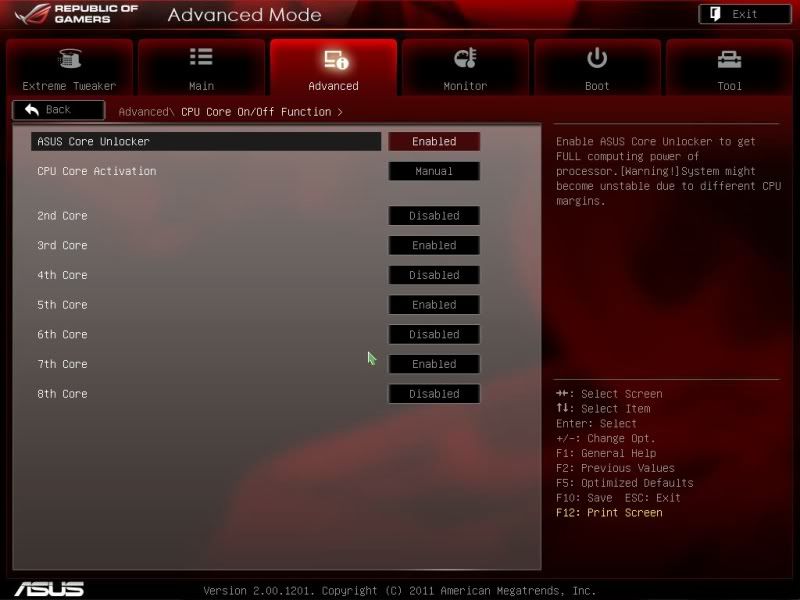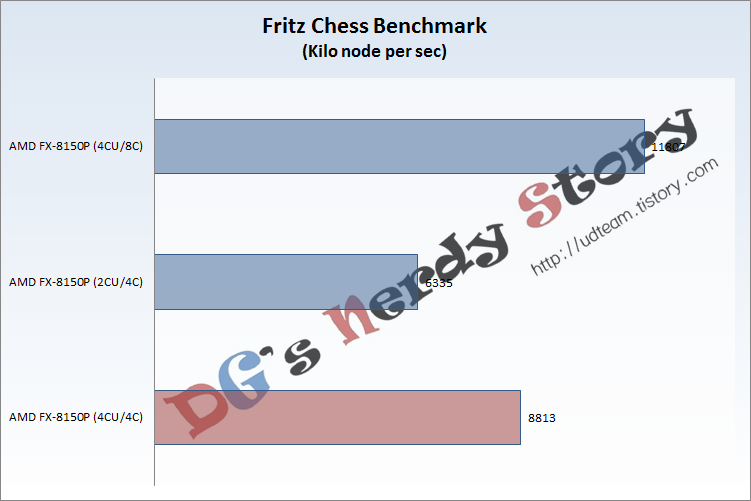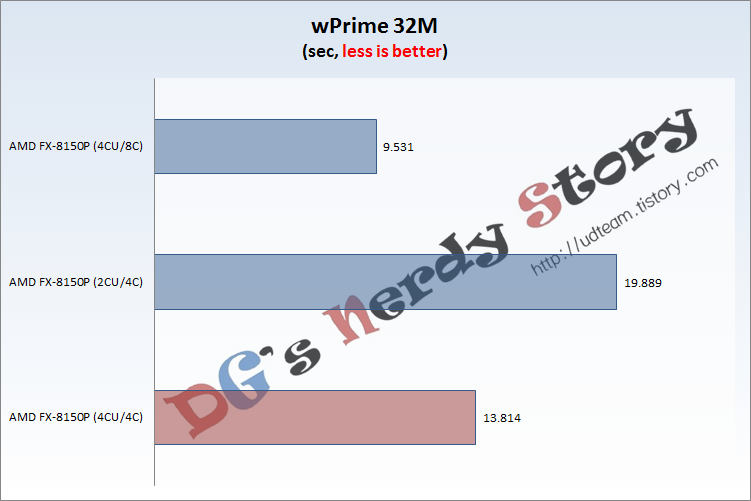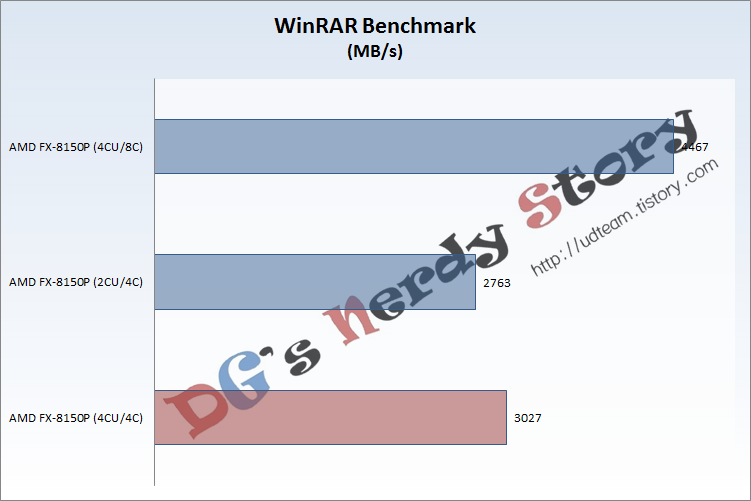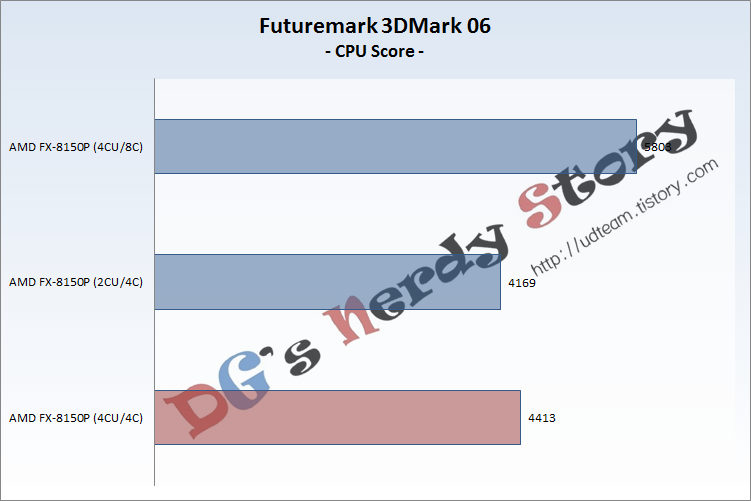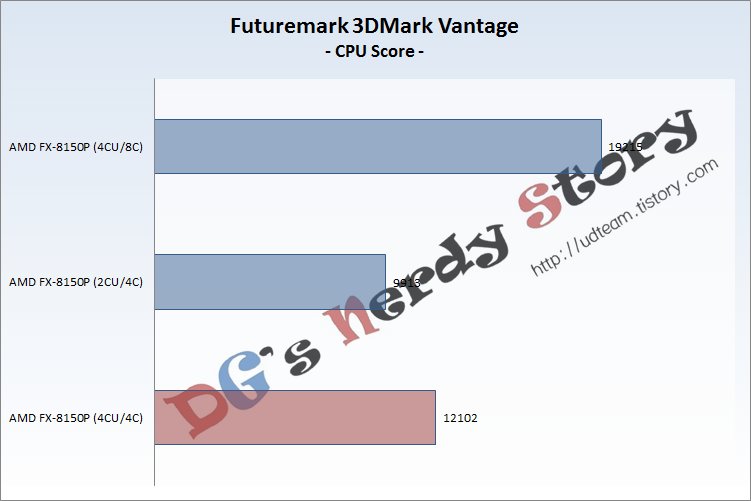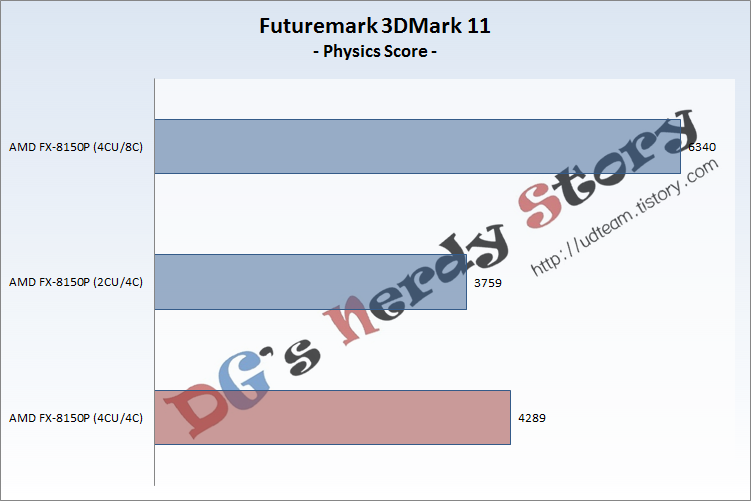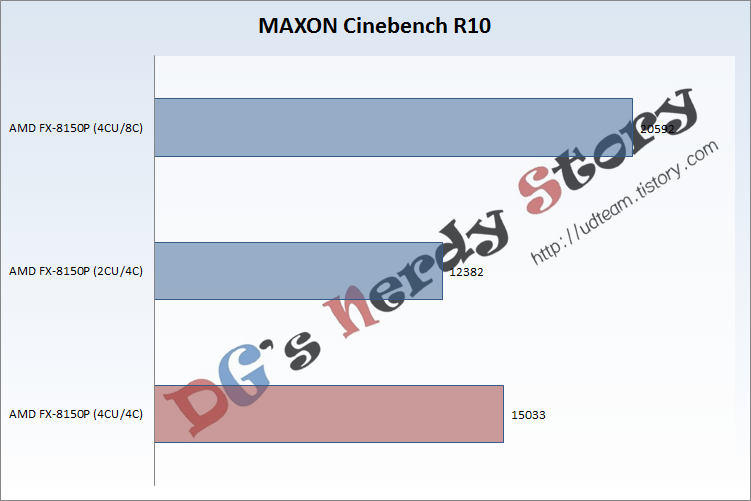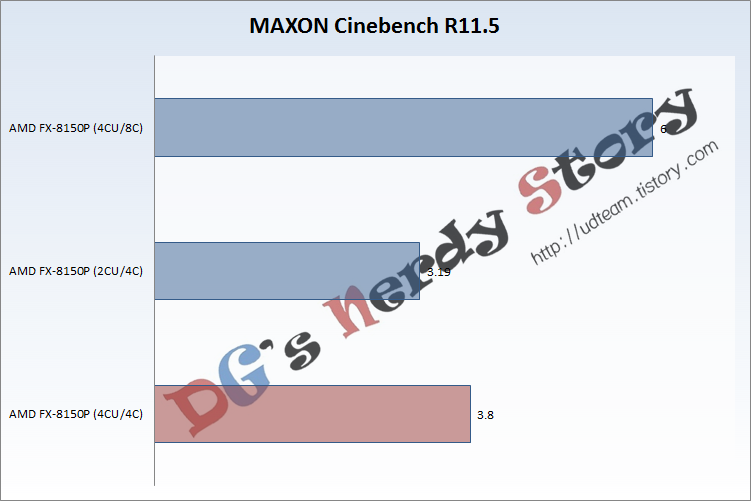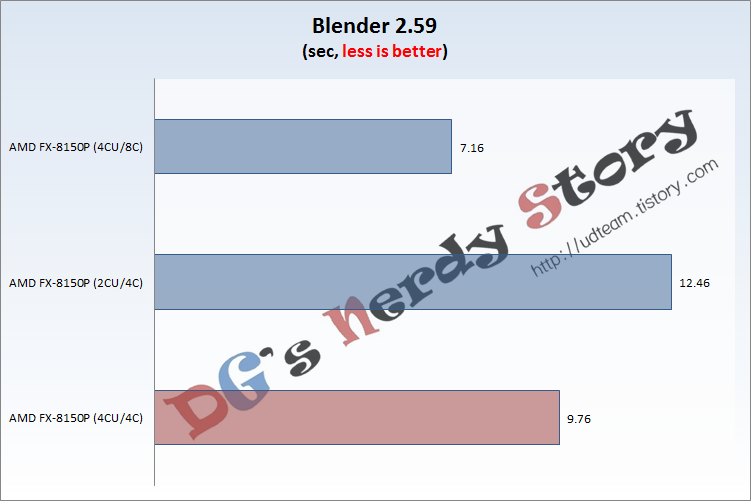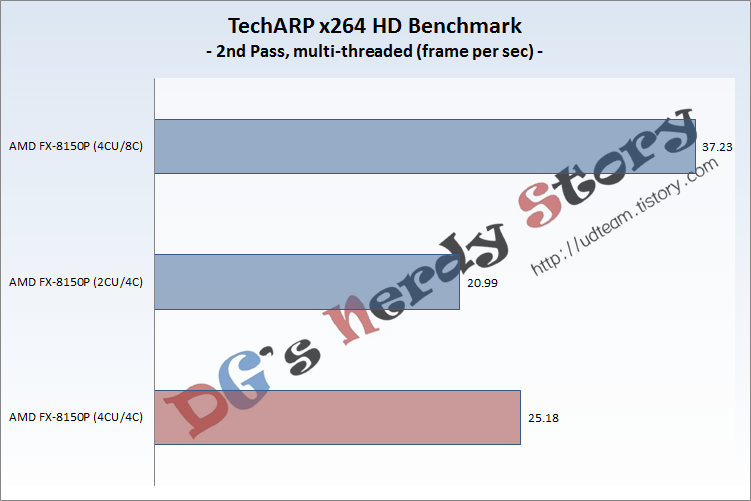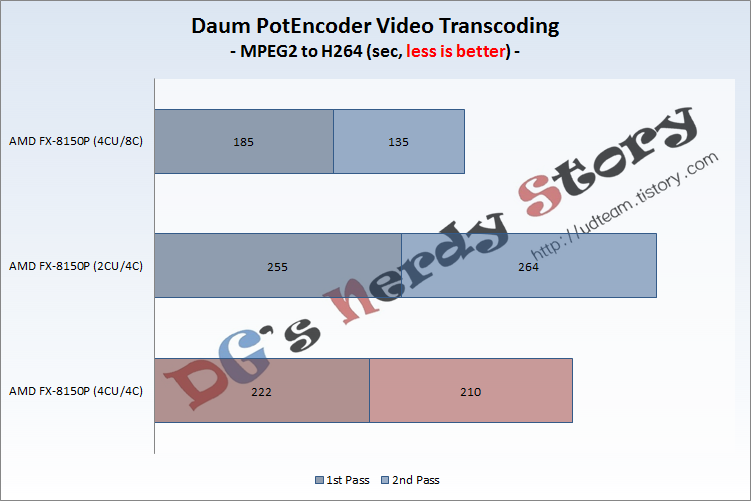mzs_biteme
[H]ard|Gawd
- Joined
- Nov 7, 2001
- Messages
- 1,595
Hmm, something about cache thrashing... >>> XF link is dead, click here <<<
As bad is BD looks right now, I still think there is a LOT to discover and improve on with this new arch.... Nothing is over 'till it's over...

As bad is BD looks right now, I still think there is a LOT to discover and improve on with this new arch.... Nothing is over 'till it's over...
Last edited:
![[H]ard|Forum](/styles/hardforum/xenforo/logo_dark.png)
